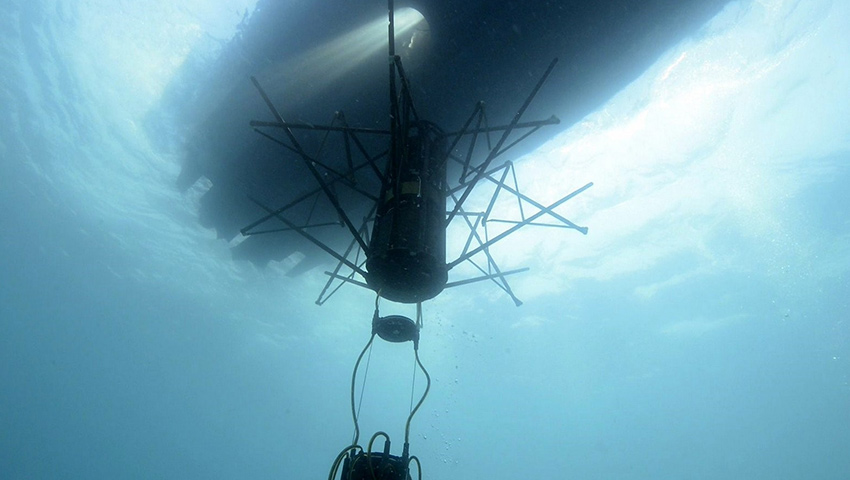Elbit Systems’ Helicopter Long-Range Active Sonar (HELRAS) dipping sonar has successfully performed a sea acceptance test (SAT) with the Israeli Navy on board the Seagull unmanned surface vessel (USV).
To continue reading the rest of this article, please log in.
Create free account to get unlimited news articles and more!
Operating a dipping sonar onboard a USV significantly increases the operational working time and substantially enhances that detection capabilities and the effectiveness of anti-submarine warfare (ASW).
The Seagull autonomous multi-mission USV features switchable, modular mission payload suites and can perform, in addition to ASW, mine countermeasure missions (MCM), electronic warfare (EW), maritime security (MS), hydrography and other missions using the same vessel, mission control system and data links.
The Seagull USV is currently operational with the Israeli Navy and has also performed as part of the Belgian Defence Ministry 2017 North Sea trials and has been participating regularly in international naval exercises conducting MCM and ASW missions. The Seagull system has also conducted a series of tests for key NATO navies, including:
- NATO forces deployed the Seagull USV during a joint ASW exercise with the Spanish Navy’s Santa Maria Class frigate Victoria and the Royal Navy’s Type-45 HMS Duncan;
- The Seagull USV participated in a joint MCM exercise between the British Royal Navy and the Israeli Navy in which the Seagull USV was tasked with securing a path for HMS Ocean, the UK helicopter carrier; and
- Carrying out an autonomous end-to-end unmanned MCM mission in sea states 5 and 6 in the Belgian North Sea MCM trials that were conducted at the beginning of June 2017 off the Belgian Zeebrugge Naval Base.
Seagull offers navies a true force multiplier delivering enhanced performance to naval operations, reducing risk to human life and dramatically cutting procurement and operating costs.
The L3-designed HELRAS DS-100 system is capable of operating at depths to 500 metres and has figure of merit (FOM) sufficient to achieve second convergence zone detection in deep water and unparalleled direct path coverage.
Low-strength targets moving at slow speeds are detected through the use of high-resolution Doppler processing and long shaped pulses. In addition to its long-range surveillance and search capabilities, the DS-100 is well suited to re-detection, target localisation and weapon delivery against deep and shallow water targets.
Stephen Kuper
Steve has an extensive career across government, defence industry and advocacy, having previously worked for cabinet ministers at both Federal and State levels.

 Login
Login







